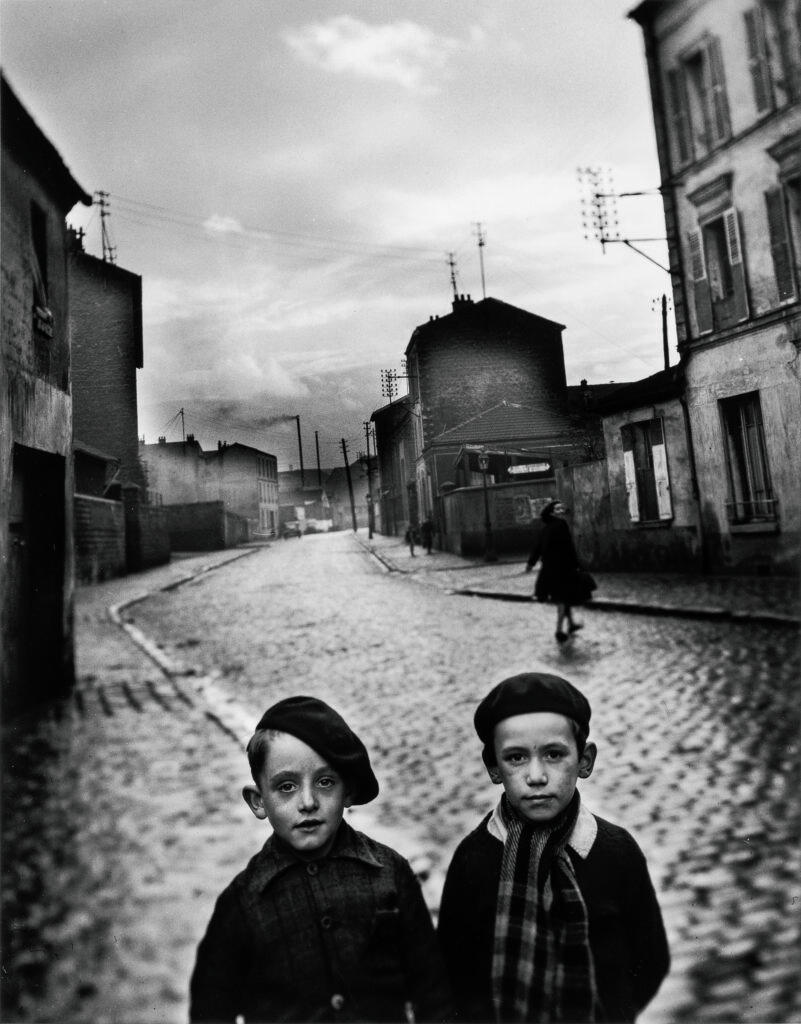Barcelona,
Although we barely had any news, 2022 marked a century since the birth in New York of Louis Stettner, a photographer linked to the Photo League and author of excellent urban images or those dedicated to the world of work that, perhaps due to his tendency to avoid labels, due to its solid political convictions or its intentional distancing from the market, it has not received the expected recognition so far.
Trained alongside Sid Grossman and Weegee, he got his first camera when he was very young and took hundreds of snapshots of his hometown until in 1947 he decided to move to Paris, where he planned to stay a few weeks studying film but stayed for five years, letting himself be guided. by the great Brassaï. Both settings, New York and the French capital, provided him with most of his motifs: the urban hustle and bustle, the routine of invisible workers, the essential humanity of the majority… issues that he addressed from humanism, poetry and belief. that it was possible to find beauty in the everyday.
With the aim of alleviating the lack of knowledge surrounding her figure, the MAPFRE Foundation hosts, in its KBr space in Barcelona after her time in Madrid, what is her largest retrospective to date and also her first Spanish exhibition, curated by Sally Martin Katz, assistant curator at SFMoMA. It consists of almost two hundred images in which we can detect the trace in his production of the American and European style, when the conjunction of the aesthetics of American street photography and French lyrical humanism was not common, and also the imprint of his literary interests. (from Plato to Walt Whitman, through Marx) and political and social; Katz has explained that she remained faithful to his communist ideas and that, in the time of McCarthyism, she chose not to denounce.
Regarding his artistic interests, we know that he attended the Metropolitan very early and that there he was able to discover the magazine Camera Work, which in turn gave him the opportunity to become familiar with the looks of Paul Strand, Clarence H. White or Stieglitz; He would be introduced into the latter's circle and, already within the framework of the Photo League, he became thoroughly familiar with the work of Lewis Wine and Weston. His participation as a war photographer in World War II, in the context of the Pacific, would also have repercussions on his production; Decades later he would take a stand against the Vietnam conflict and spend more than a month working in the Soviet Union, when few could or wanted to do so.
After collaborating with influential publications Time, Life either Paris-Match, and probably due to the difficulty of carrying his work equipment, in the eighties he decided to focus on researching his own work and later, and since 1990 once again settled in France, on painting and sculpture. He dedicated his last photographic projects to Manhattan, as he went to spend the summer in New York, as well as to the Provençal massif of Alpilles, and his death occurred in 2016, just after the closing of an exhibition that the Pompidou was then dedicating to him, “Ici ailleurs ”.
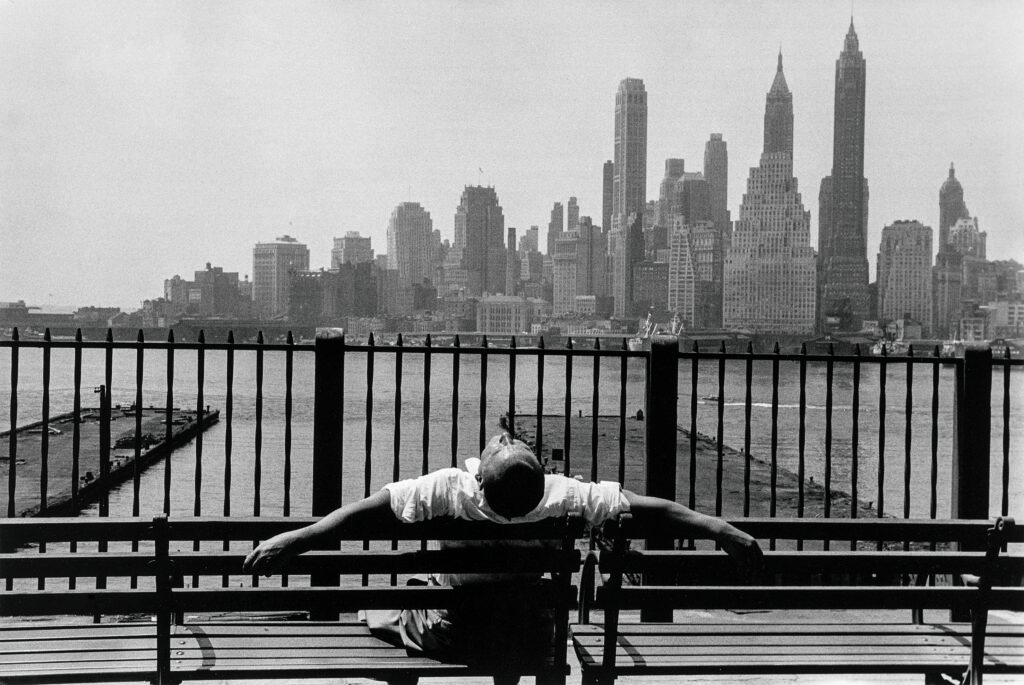
The one now offered by the MAPFRE Foundation, in addition to standing out for its exhaustiveness, has several unpublished images and reviews his projects in color, barely studied until now. It dwells on its membership in the aforementioned Photo League, a collective heir to the Association of German Workers' Photographers that periodically met to discuss the possible relationships between image and politics and the options of the photographic discipline as a social tool; Stettner was the youngest professor in his association, he established there, as we said, fundamental contacts and would never renounce the social seal that his work acquired even then.
The montage has texts from the artist, and revealing ones: despite the mistrust that photographers who wrote in the fifties and sixties usually aroused, Stettner dedicated numerous writings both to this medium and to his own work, also explaining the reasons for his affiliations and phobias for one or another companion, with spontaneity. So much so that the magazine Camera 35which depended on the Photo League, allowed him to publish a monthly column that was first called Speaking Out (Speaking clear) and then A Humanist View (A humanistic vision); The latter marked his production, beyond his varied themes. She found support for these perspectives in the books of her beloved Whitman, especially in Leaves of Grass, a volume from which it seems that he did not detach himself: like the poet, he was convinced that the beautiful and the common coexist and that there are plenty of reasons to believe in society; Maybe that was the reason why he worked without fear on the street, days and nights. He admitted feeling safe, in his words, wherever there are human beings.
He was especially interested in the most authentic and least favored: workers whom he regularly portrayed in the exercise of their work, without idealizing them or seeking to move them through their efforts, only capturing their dignity, as he thought they would like to be visually treated. They dominate his compositions, autonomous and never depressed, and Stettner had all the praise for them: In the midst of noise, dirt, fumes and the risk of accidents, they seemed to me to be very sensitive people, with an innate humanity and a wonderful capacity for organization and perception of immediate reality.. Even when he captured them traveling on the subway, at Penn Station, he seemed to want to underline that natural order in which the majority knows how to function, the respect that the crowd has for their companion on the platform, in the car.
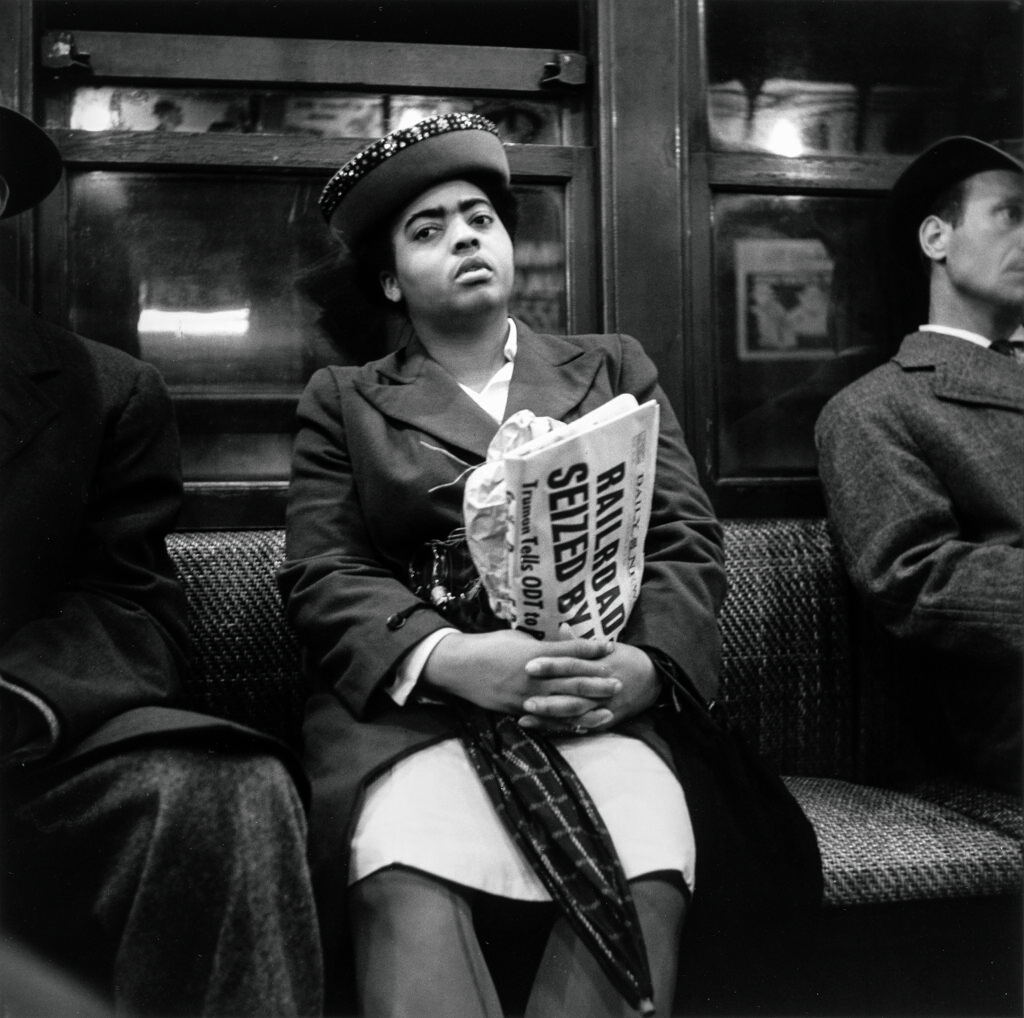
In his earliest proposals he focused on those who were living, walking or chatting, on the streets of New York, and on the subway itself: he pretended to be adjusting his Rolleiflex when, in reality, he was photographing. And in Paris he would make the early mornings his own; Unlike other authors who chose to capture scenes of cafes and cabarets that were bursting with life, he preferred to focus on a less playful vision: that of a city that was striving to leave behind the memory and devastation of the Nazi invasion. About Brassaï, who as we mentioned was his mentor, and about Cartier-Bresson, who had an impact on him, he also wrote for Camera 35.
From the French capital, Stettner would carry out various trips around Europe, among them to Spain: we can see in KBr compositions taken in Torremolinos, Malaga and, above all, in Ibiza: in 1956 he accompanied the fishermen Pepe and Ibiza for several days while they were fishing. Tony, capturing them in very close images that fragmented their bodies while highlighting their effort, their concentration on concrete actions, the dignity of their activity.
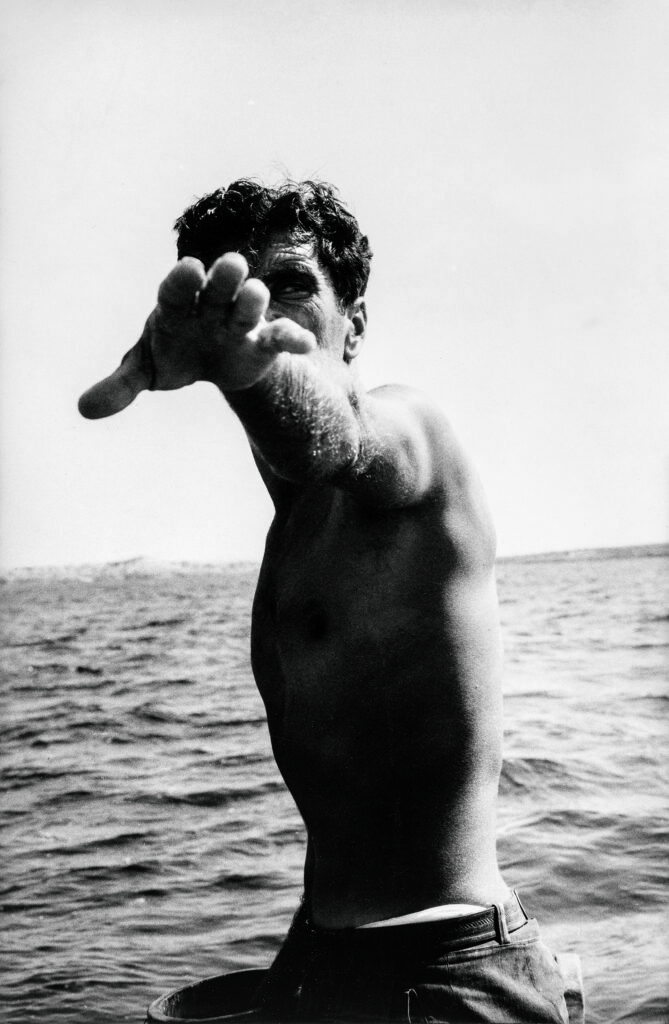
Another of his most significant series in the exhibition was carried out some years after returning to the United States: it is the one focused on that Penn Station, whose passengers he portrayed, this time, from outside the carriages, at moments of a certain rest, solitude and meditation. We can glimpse his character, despite the impersonal environment and the routine of the situation: all his attention was for individuals and their emotions, especially the non-obvious ones; He sought, in his own testimony, reveal what is not easily seen, capture what is most significant, enrich our perception of life.
The individual was also the axis of another contemporary series, Nancy, the Beat Generationwhich featured a young woman from Greenwich Village who caught his attention for her energy and who we can consider emblematic of the cultural changes that came to New York in the 1950s.
He sought, in his own testimony, reveal what is not easily seen, capture what is most significant, enrich our perception of life.
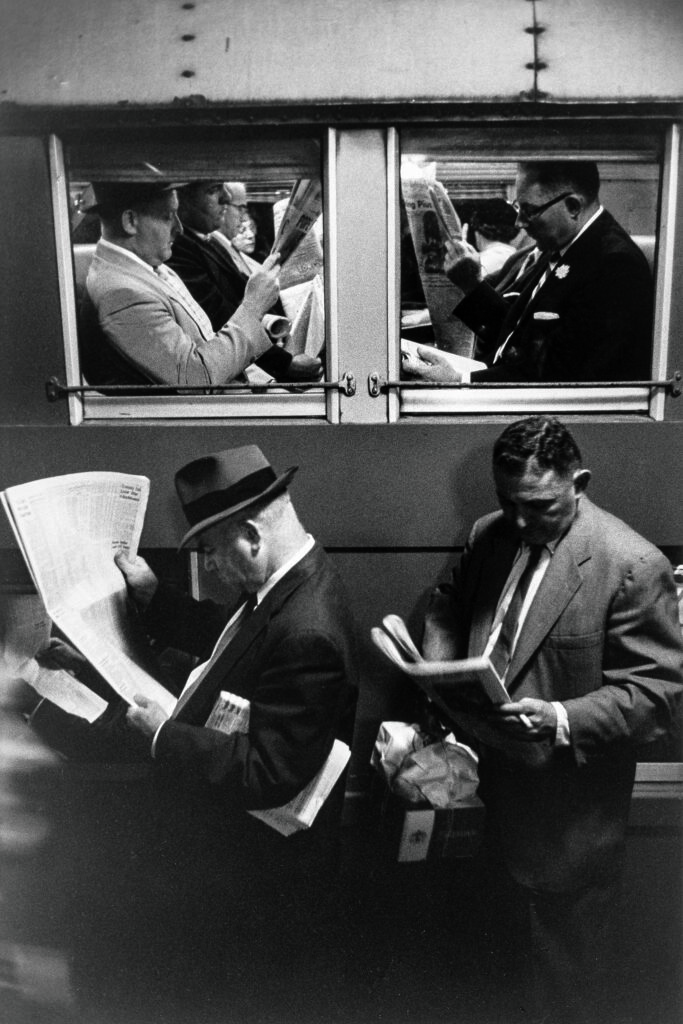
The seventies would bring an intensification of his activism: in addition to opposing the Vietnam War, he supported the Black Panthers and, during that period, photographed factories in his country, England, France and the USSR, again dignifying those who were not usually the center of artistic projects and underlining the power of their presence and their work, not that of the machines or the industrial environment that surrounds them, no matter how much we may presuppose it.
His readings of Whitman would influence the images he dedicated to the homeless people of the Bowery neighborhood; We are in the eighties and nineties and at this stage he used to play in his compositions with shadows, reflections and frames that came to explore the plastic possibilities offered by capturing urban life. He would also begin to experiment with color, in off-center scenes that could suggest chaos and sensory saturation but that continued to be dedicated to ordinary people, although now emphasizing the alienation of life in the great nuclei.
He would give his last work to nature: in the final three years of his life, Stettner visited the Alpilles up to thirteen times, with a large format camera, photographing his landscape in black and white from the same humanist perspective as the rest of his production. Like his workers, here the trees, almost majestic, twist to withstand the wind in an exercise of resistance that, in addition to being beautiful to us, responded to his philosophy.
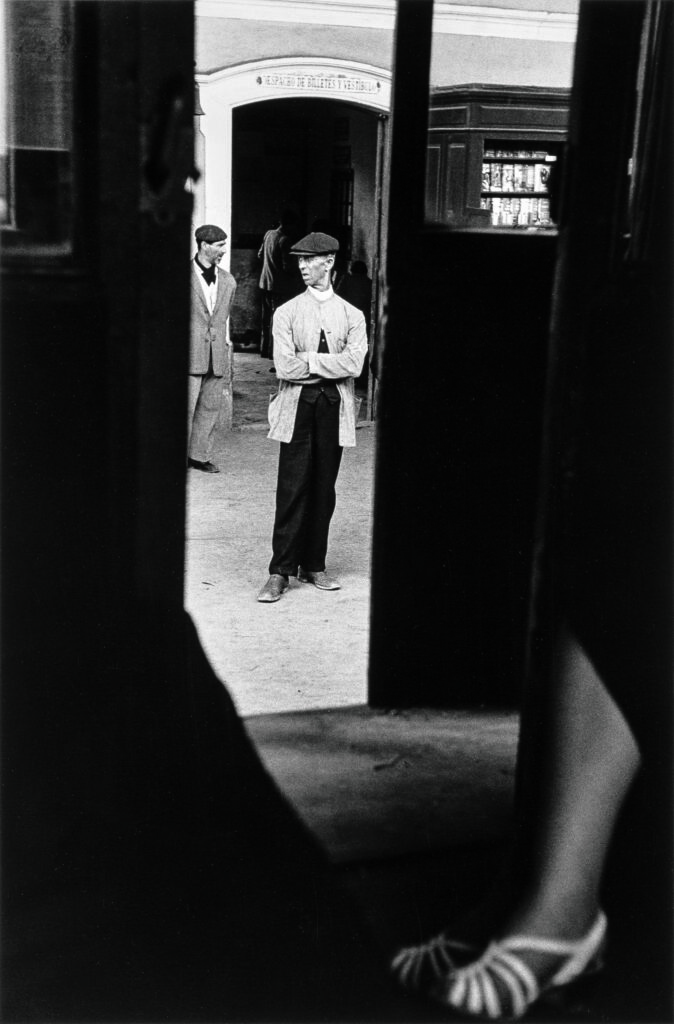
Louis Stettner
KBr MAPFRE FOUNDATION
Avenida del Litoral, 30
Barcelona
From June 6 to September 15, 2024

